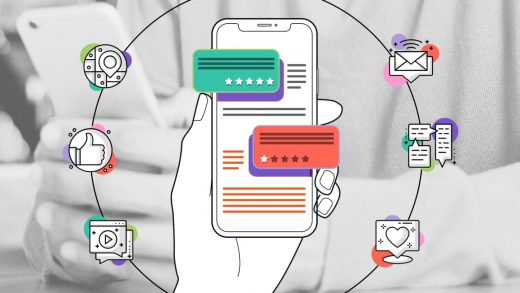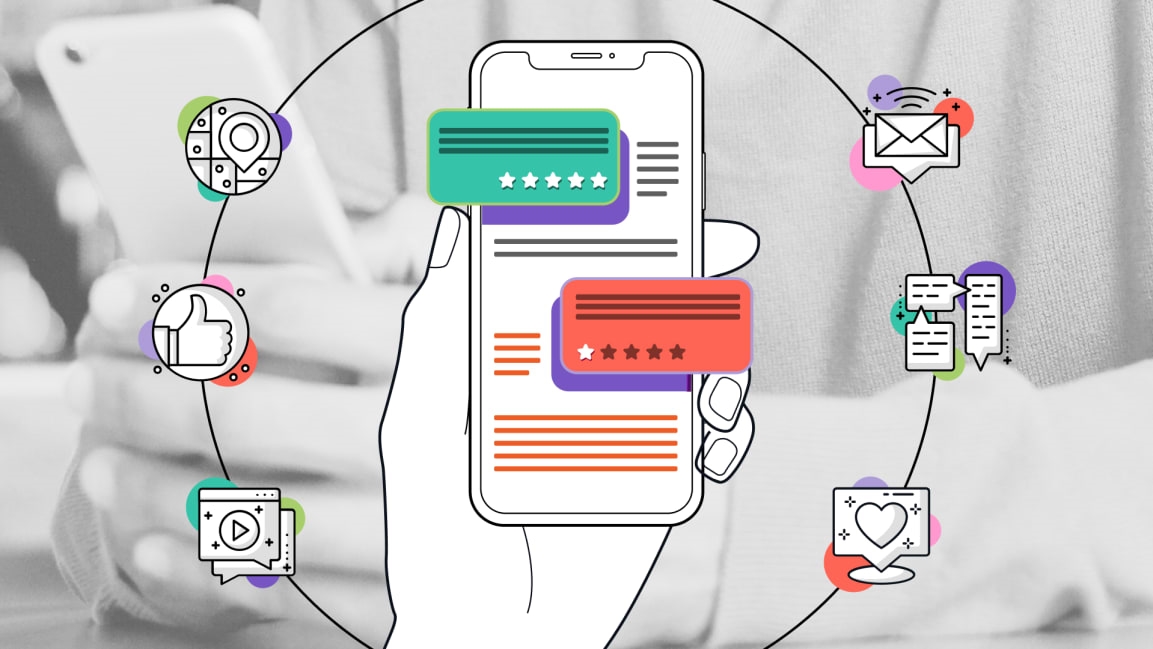Listening to customers: 5 practices to build a more resilient company
Over this past year, I have frequently been asked, “What’s your advice for founders and executives on how to thrive through the multiple crises most everyone is facing?”
The answer is not complex. It is not technical. It is not mysterious. It is so painfully simple that for many it probably falls into the category of “hiding in plain sight” or seeming too simplistic to possibly be correct. But in fact, I find that it’s an effective, pragmatic, low-cost, low-risk, high-return tactic to which any business leader should be committing, not just in crises but always.
Listen to your customers.
Have you ever heard a CEO say their company was not customer-focused? I certainly have not. Yet a study that tracked how a group of CEOs spent their time found that, on average, the CEOs spent only 3% of their time with customers. It’s hard to imagine how any CEO spending this little time with customers can claim to be leading a customer-focused business.
The most important step any leader can take toward building a more resilient business now is to get out and listen—actively—to their customers.
This is a time for customer obsession, not mere customer focus.
Here are five practices to improve your ability to benefit quickly from what customers would like you to know.
1. MEET WITH CUSTOMERS PERIODICALLY, ONE-ON-ONE
There is plenty of hype now around AI and the possibilities new analytic tools offer to gain insight into people’s preferences and behaviors. Undoubtedly the ability to make responsible use of data and advanced technologies to make better decisions is exciting and real. But don’t see AI as a replacement for authentic human dialogue, which will affect your understanding in ways that a machine simply cannot.
I’m reminded of in-home research my team conducted in the wake of the 2009 financial crisis, where during a visit to a customer’s home, we observed a shopping bag of unopened bills in a corner of their dining room. That sight said a lot more, and more viscerally, than computer analytics or quantitative survey results might ever reveal.
2. SPEND AT LEAST 80% OF THE MEETING LISTENING
Your role is to hear from the customer and to ask questions that draw them out. Avoid leading the witness. Do not ask questions that confirm what you may wish to believe. Be a blank slate.
This also means avoiding the habit for which we have all been rewarded (going back as far as elementary school): giving the answer. Try a line of conversation that that incorporates elements such as:
• What’s changed for you since…?
• Tell me more about that.
• That’s so interesting. What do you mean?
• What made you do that?
• How did you figure out what to do?
3. LISTEN WITH EYES AND EARS
Often more can be learned from behavior and environment than what people may articulate in words, especially when the subject is emotionally charged (such as the bag of bills described above, where the homeowners were unable to verbalize their financial stress, but the signals were real, obvious, and actionable).
Try to understand how your customers are feeling. What emotions are they experiencing? Is your brand empathizing with their emotional state, and if so, how? What brands do they relate to emotionally? What can you learn from those, especially if they are outside your category?
4. READ THE LETTERS AND EMAILS CUSTOMERS SEND TO YOUR COMPANY
Too many businesses treat customer letters—often complaints—as transactions to be handled, generally by operations analysts who seek resolutions that meet regulatory requirements, minimize costs to the company, and mitigate potential damage to the brand.
Think about it: If a customer took the time to write, they are probably feeling quite passionate about whatever it is they want to tell you. Not reviewing even just a small sample of customer correspondence is a missed opportunity. Set aside a few minutes daily to review correspondence and reflect on it. What is the deeper meaning of the feedback the customer cares enough to send for your policies, practices, employees, and customer experience?
5. UNPACK HOW CUSTOMERS MAKE DECISIONS
Often we treat “customers” as a homogenous group, but keep in mind that whether the purchase is a basic consumer product or a major capital investment, there are generally users, influencers, decision-makers, and buyers in the mix. The better these roles are understood, the more effective your go-to-market actions will be.
For example, take my family’s Netflix subscription, and especially our teenage daughter’s viewing habits. I am the buyer because the bill hits my credit card. My daughter is the primary user, and her friends are influencers. My husband and I may (or may not) be decision-makers over what she is allowed to watch.
In a business setting, a team of analysts may be the users for a software product the business is considering licensing, and the IT department will play a big influencer/decision-maker role. The buyer could be the biggest functional beneficiary sponsoring and funding the purchase.
Either way, acknowledging, understanding, and serving the needs of all these parties will increase a brand’s ability to navigate and support customer choices.
We have all been through life-changing experiences in the past year. What is happening for customers? What is changing, and most importantly, how are they feeling? What new problems are they facing that offer you an opportunity to demonstrate empathy, provide solutions, and reinforce the relevancy of your brand in their lives?
Customers have the answers to where any business’s new priorities and opportunities lie, and they will share their insights if you are open to listening to what they have to say and you make a habit of engaging with them to do so.
Amy Radin is a director, advisor, and author who helps teams turn ideas and insights into innovation results.
(11)



